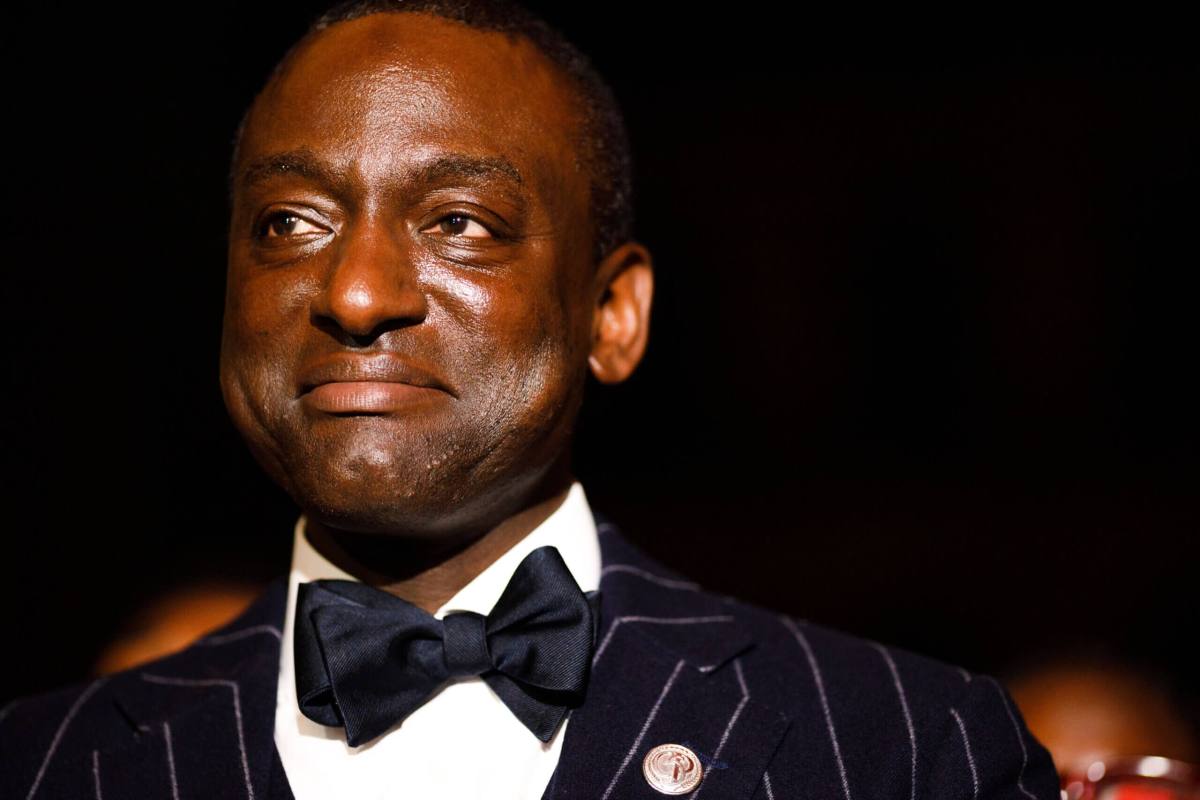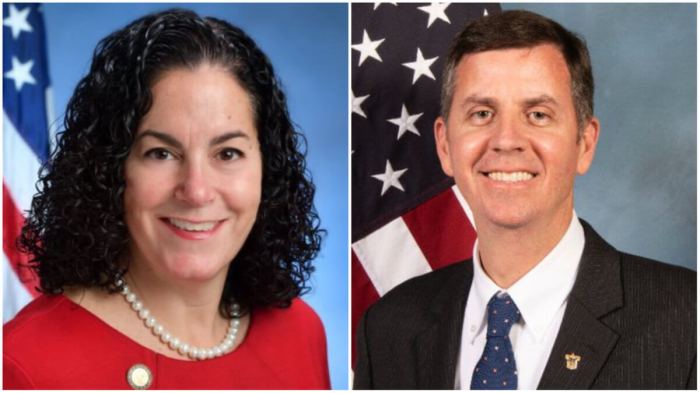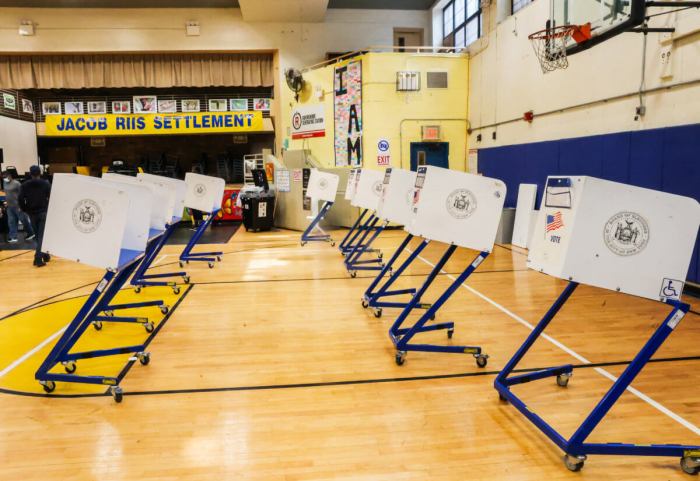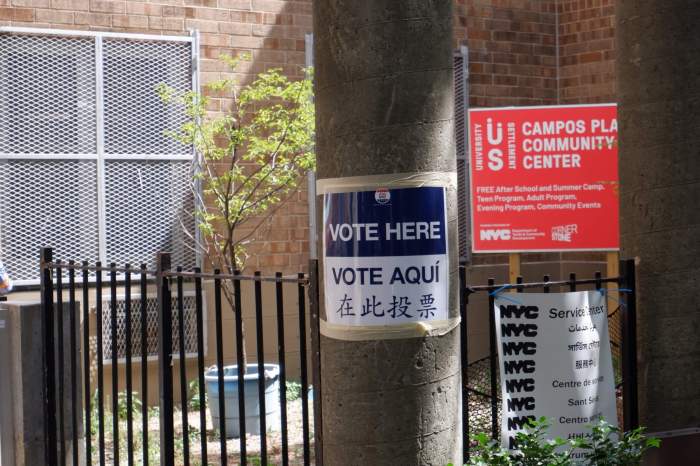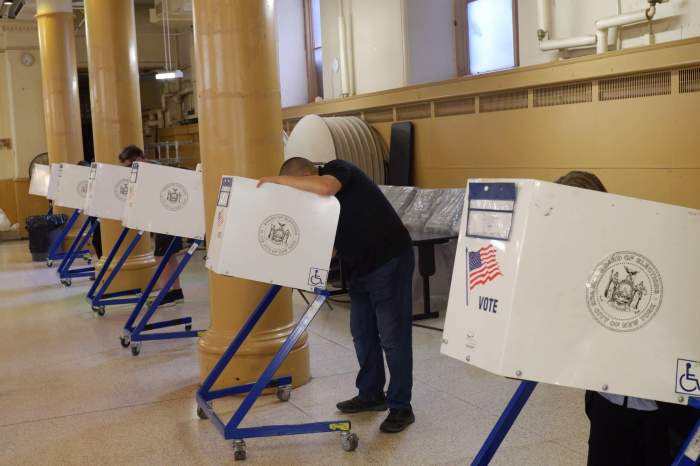New York City elections officials will begin releasing preliminary results Wednesday from ranked choice voting in last week’s City Council primaries — but those results may change in the coming days and weeks as additional ballots are tallied.
Voting in the local primaries concluded June 27, but winners have yet to be determined in some City Council contests. That includes several that could advance to ranked choice voting and be subject to subsequent rounds of ballot-counting, where voters’ second through fifth choices would be taken into account if no candidate receives a majority of first-choice votes.
The city is still in the process of tabulating first round results. Unlike in most other places that use ranked choice voting, the preliminary tabulation of ranked choice results will be released before that initial count is complete. The Board of Elections will continue to release updated preliminary results on a weekly basis until all outstanding ballots have been counted and the elections are certified.
Here’s what voters and election observers will need to know in the coming weeks:
What’s at stake?
The Associated Press has already declared that one primary, the Democratic contest in District 19 in northeast Queens, will be decided by ranked choice voting. The District 19 contest involves former City Council Member Tony Avella, prosecutor Christopher Bae and community activist Paul Graziano, with the winner moving on to face Republican Vickie Paladino in the November general election.
In three additional major party races, including the District 9 Democratic primary in Harlem where criminal justice reform activist Yusef Salaam holds a sizable vote advantage, the leading candidates hover near the 50% mark. Those races will require additional ballots to be tabulated before determining whether the ranked choice voting process will be invoked.
Three other City Council primaries remain unresolved as counting continues, but will not involve ranked choice voting as they each feature only two candidates.
What is ranked choice voting?
Ranked choice voting is designed to produce election winners who supporters argue are generally more representative and have broader support among voters than in traditional multi-candidate elections. Under this process, voters in elections with three or more candidates on the ballot are given the opportunity to rank the candidates in order of preference. Any candidate with a majority of first-choice votes wins. If no one receives more than 50% of the vote, the last-place candidate is dropped and their votes redistributed to the remaining candidates based on those voters’ next-highest choices. The process continues until one candidate receives a majority of the vote.
Will the results tell us who won?
Wednesday’s release of preliminary ranked choice voting results will reveal which candidates would win their primaries based on the latest available vote tally. That will include the initial ranking of candidates in order of first-choice votes received and updated vote totals and rankings once the last-place candidates are eliminated after each round. Since these results will not yet include all ballots cast in the election, they may not reflect the eventual winners once all the votes have been counted.
The Board of Elections says it will release at least two rounds of preliminary ranked choice voting results on Wednesday, July 5, and Tuesday, July 11. The results will not be final until all outstanding votes have been counted and the elections are certified. The deadline to receive absentee ballots is July 5. The certification date has not been set; however, it is not expected before July 17, which is the last day to resolve any remaining ballot issues.
The Associated Press may declare a winner before the vote is certified if it’s determined that there is no scenario what would allow the trailing candidates to close the gap. If the AP has not called a race, we will continue to cover any newsworthy developments in our reporting, such as candidate concessions or declarations of victory. In doing so, we will make clear that the AP has not yet declared a winner and explain why.
How might the results differ from Primary Night returns?
As more outstanding votes are counted, the vote totals for each candidate could change, which could impact their overall order of finish and the order in which they are eliminated after each round of tabulation. In some races, it’s possible that preliminary results could show a leading candidate above the 50% mark in preliminary results, enough to avoid ranked choice voting, but fall below 50% in the final results, which would trigger the ranked choice voting requirement.
For example, in the District 9 race, Salaam leads a three-person field with just over 50% of the vote, according to initial results. If Salaam were to fall below the 50% mark once all the votes have been counted, ranked choice voting rules would apply. Salaam holds a 25-point lead over the second-place candidate in the race, giving him an overwhelming advantage even if ranked choice voting is triggered.
The opposite could also happen: A candidate might be hovering just under the 50% mark in the initial results, which would throw the race into the ranked choice voting process, even though that candidate may end up with a majority of first-choice votes once all the ballots have been counted. In the District 13 Republican primary in the Bronx, Kristy Marmorato leads the field with about 48% in initial results, which would trigger ranked choice voting if the result holds. But if the remaining votes put Marmorato above 50%, ranked choice voting would be avoided, and she would win the primary outright.
In the 2021 Democratic mayoral primary, the first citywide use of ranked choice voting, the candidate rankings, order of elimination and ultimate winner did not differ between preliminary and final results. Mayor Eric Adams led throughout. Ranked choice voting had a shaky debut in New York City that year when a clerical error at the Board of Elections led to the release of inaccurate vote results in the hotly contested Democratic mayoral primary, although the error was eventually corrected and was not a result of the ranked choice voting process itself.
The New York City Board of Elections declined to comment for this story.
With reporting by Robert Pozarycki of amNewYork Metro



